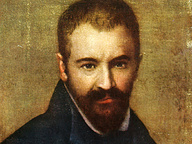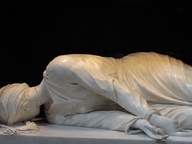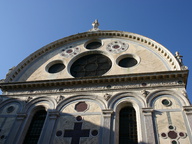Krištof Kintera. Postnaturalia
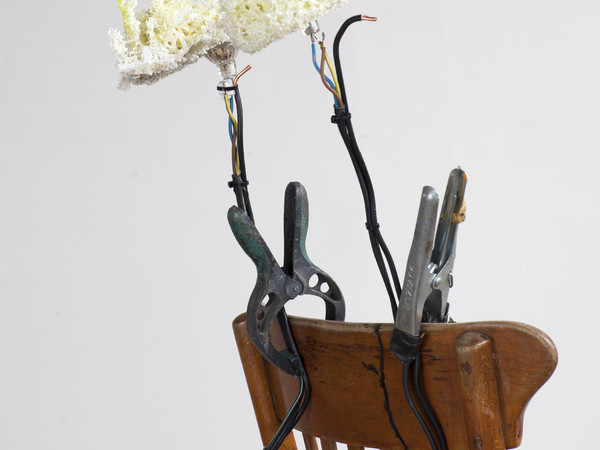
© Krištof Kintera / Ph. C. Archive of the artist | Krištof Kintera, Postnaturalia
From 19 Marzo 2017 to 30 Luglio 2017
Reggio nell'Emilia | Reggio Emilia
Place: Collezione Maramotti
Address: via Fratelli Cervi 66
Times: Thursday and Friday 2.30pm – 6.30pm; Saturday and Sunday 10.30am – 6.30pm. Closed: 25 April, 1 May
Ticket price: Admission free visit during the opening hours of the permanent collection
Telefono per informazioni: +39 0522 382484
E-Mail info: info@collezionemaramotti.org
Official site: http://www.collezionemaramotti.org
Postnaturalia is a complex sculptural installation made by Krištof Kintera, with the collaboration of Richard Wiesner and Rastislav Juhás, for Collezione Maramotti.
Its title speaks for itself: the scenario in which our daily experience is inscribed both as individuals and as a community does not belong to the natural world any longer.
In the so-called “copper age”, based on the transmission of energy and information, nature is compared by Kintera to a huge nervous system; for this reason as well, his project is grafted in different spaces of the Collection as a living organism would do.
First of all, Nature is recreated and regenerated in the space called
Laboratorio dell’artista/Artist’s Laboratory. Images, photographs, notes and sketches on the walls, electric and electronic waste materials, stills, lamps, chemical substances, are all items and tools of the trade which become generative elements of a new natural beauty for the artist. A series of videos are also conveying Kinteras’ real sounds and work processes taking place in his Prague’s studio.
By taking as a model the scientist’s old approaches and his prototypes (scale models and herbariums held in display cases in the workshop), new kinds of plants are grown, classified and sown in a wide para-vegetal nervous system finding its place in a second room in the Collection. The Systemus Postnaturalis presents an artificial carpet of plants growing through an intricate mesh of copper roots: three islands are joined together through pathways that visitors can experience directly. The light fostering its growth is also artificially steered through the space.
A massive three-meter-high sculpture stands in the main entry hall, between the atelier and the artificial forest: Electrons Seeking Spirit, made with wire cables composing its load-bearing skeleton ending with an animal head. Other smallcreatures surround it, creatures triggering a feeling of collective panic due to this “spiritless system”.
Outside in the garden, under living plants, the works Praying Woods are ritually extended towards the sky or bend down towards the ground. Their structure is part of the “natural nature”: collected by the artist in the woods of his country, they have been dipped and congealed in a silver bath.
This proliferation of suggestions within the Collection is accompanied by other works scattered in other locations in the town of Reggio Emilia.
Public Jukebox is a sound installation that will be activated for one month in Piazza della Vittoria, which has been just recently renovated. This is an itinerant sculpture which has travelled to several European locations; every time, the sound repertory is updated with the music of the hosting country. Thanks to the strongly evocative and socializing features of music, interesting and unexpected associations of people and new kinds of relations are generated.
A few of Kintera’s sculptures have been placed in an old cabinet of the naturalistic section of the Civic Museums/Musei Civici –an old cultural town institution which also houses the prestigious Lazzaro Spallanzani’s wunderkammer–, taking the place of the small vegetal models present in the artist’s Laboratory: a fruitful exchange, an open dialogue focussing on the scientific approach of the collection and its classification.
The exhibition is accompanied by an artist’s book, closely linked to the project, and composed of two sections: Herbarium and Cuprum Factum. Through analogy, the first one strikes a dialogue with the new creations of synthetic beauty with historical drawings or etchings, or pages of herbariums with illustrations of plants, many drawn from the naturalistic Collections of the Civic Museums; the second collects texts and images describing the creative process of the works in the studio and those on display in the exhibition.
Kintera finds his way through the topic of “post-natural” with vivid visual suggestions which he leads with ironic, playful but also bitter spirit within the framework of a complex social and political questioning of our time, moved by the hope of raising awareness on an issue of great relevance today.
The relationship with the “natural Nature”, the attempt to know, even by imagining them, and to give order to the diverse forms of biological life –an anchorage of our cultural tradition– are Kintera’s starting points which are provocatively subverted through the construction of completely artificial scenarios, by working and generating new synthetic and waste materials which comprise our everyday para-natural habitat. A melancholic provocation inducing the desire to create alternative scenarios where science and technology –protagonists in the building of our physical landscape and our relational system– could move in the on-going search for a “new Humanism” where humans –and not their mere systems of functions– could remain solidly at the centre and move forward without forgetting their identities, the collective cultural memory in which their lives and the permanence of real relationships are inscribed.
Could then the artist suggest a new poetic texture to the technology, where we do not “disremember” who we are?
Krištof Kintera (born in Prague in 1973) lives and works in Prague.
The artist attended the Academy of Fine Arts of Prague (1992–1999) and the Rijksakademie van Beeldende Kunsten in Amsterdam (2003-2004).
Some of his latest solo exhibitions comprise: Kunsthalle LAB, Bratislava (2016); Kunsthal Rotterdam (2015); D+T Project, Brussels (2014, 2013); Museum Tinguely, Basel (2014); Jiri Svestka Gallery, Berlin (2013); Galerie Schleicher/Lange, Berlin (2012); Galerie hlavního města Prahy, Prague (2012). Some of his recent group exhibitions include: DOX, Prague (2016, 2015); Cent Quatre, Paris (2015); Momentum, Berlin (2015); Collezione Maramotti, Reggio Emilia (2015); Museum Quartier, Vienna (2015); Haus der Kunst, Munich (2015); Fondation Boghossian-Villa Empain, Brussels (2014).
From 1993 to 2007 he also participated in the creation of media campaigns; working in interior design, curating exhibitions, designing sets and presenting many performances
SCARICA IL COMUNICATO IN PDF
COMMENTI

-
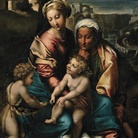 Dal 31 gennaio 2024 al 04 maggio 2025
Fermo | Palazzo dei Priori
Dal 31 gennaio 2024 al 04 maggio 2025
Fermo | Palazzo dei Priori
-
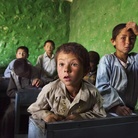 Dal 20 dicembre 2024 al 04 maggio 2025
Fermo | Palazzo dei Priori
Dal 20 dicembre 2024 al 04 maggio 2025
Fermo | Palazzo dei Priori
-
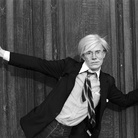 Dal 20 dicembre 2024 al 04 maggio 2024
Gorizia | Palazzo Attems Petzenstein
Dal 20 dicembre 2024 al 04 maggio 2024
Gorizia | Palazzo Attems Petzenstein
-
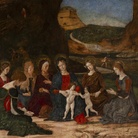 Dal 18 dicembre 2024 al 18 dicembre 2024
Venezia | Museo Correr
Dal 18 dicembre 2024 al 18 dicembre 2024
Venezia | Museo Correr
-
 Dal 14 dicembre 2024 al 02 marzo 2025
Palermo | Palazzo Abatellis
Dal 14 dicembre 2024 al 02 marzo 2025
Palermo | Palazzo Abatellis
-
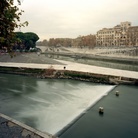 Dal 12 dicembre 2024 al 23 febbraio 2025
Roma | Palazzo Altemps
Dal 12 dicembre 2024 al 23 febbraio 2025
Roma | Palazzo Altemps
